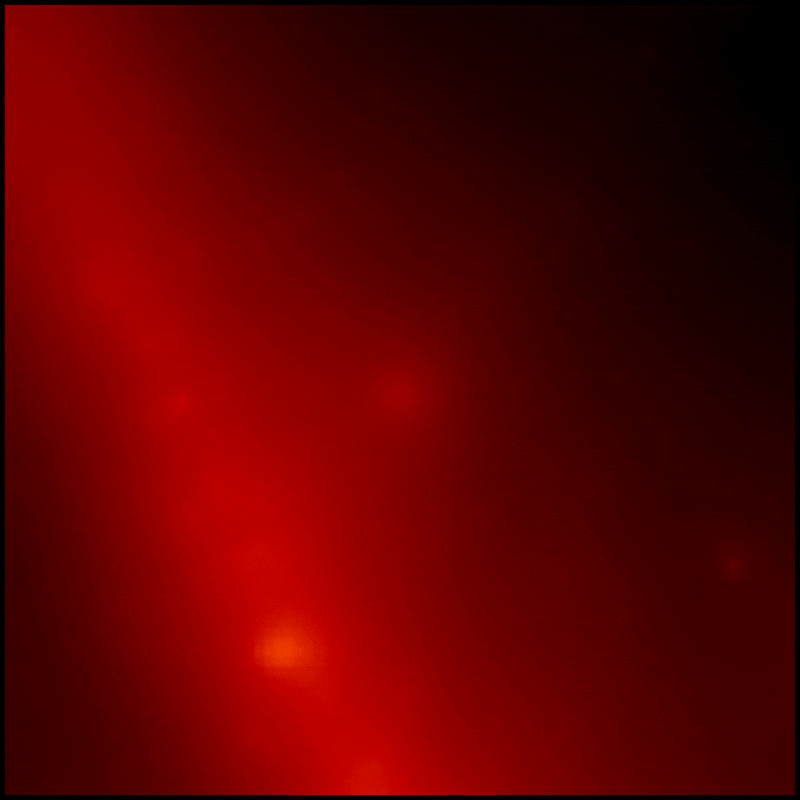Explanation: Gamma-ray burst GRB 221009A likely signals the birth of a new black hole, formed at the core of a collapsing star long ago in the distant universe. The extremely powerful blast is depicted in this animated gif constructed using data from the Fermi Gamma Ray Space Telescope. Fermi captured the data at gamma-ray energies, detecting photons with over 100 million electron volts. In comparison visible light photons have energies of about 2 electron volts. A steady, high energy gamma-ray glow from the plane of our Milky Way galaxy runs diagonally through the 20 degree wide frame at the left, while the transient gamma-ray flash from GRB 221009A appears at center and then fades. One of the brightest gamma-ray bursts ever detected GRB 221009A is also close as far as gamma-ray bursts go, but still lies about 2 billion light-years away. In low Earth orbit FermiBs Large Area Telescope recorded gamma-ray photons from the burst for more than 10 hours as high-energy radiation from GRB 221009A swept over planet Earth last Sunday, October 9.
1999 2000 2001 2002 2003 2004 2005 2006 2007 2008 2009 2010 2011 2012 2013 2014 2015 2016 2017 2018 2019 2020 2021 2022 2023 2024 2025 |
Yanvar' Fevral' Mart Aprel' Mai Iyun' Iyul' Avgust Sentyabr' Oktyabr' Noyabr' Dekabr' |
NASA Web Site Statements, Warnings, and Disclaimers
NASA Official: Jay Norris. Specific rights apply.
A service of: LHEA at NASA / GSFC
& Michigan Tech. U.
|
Publikacii s klyuchevymi slovami:
GRB - gamma-vspleski
Publikacii so slovami: GRB - gamma-vspleski | |
Sm. takzhe:
Vse publikacii na tu zhe temu >> | |
